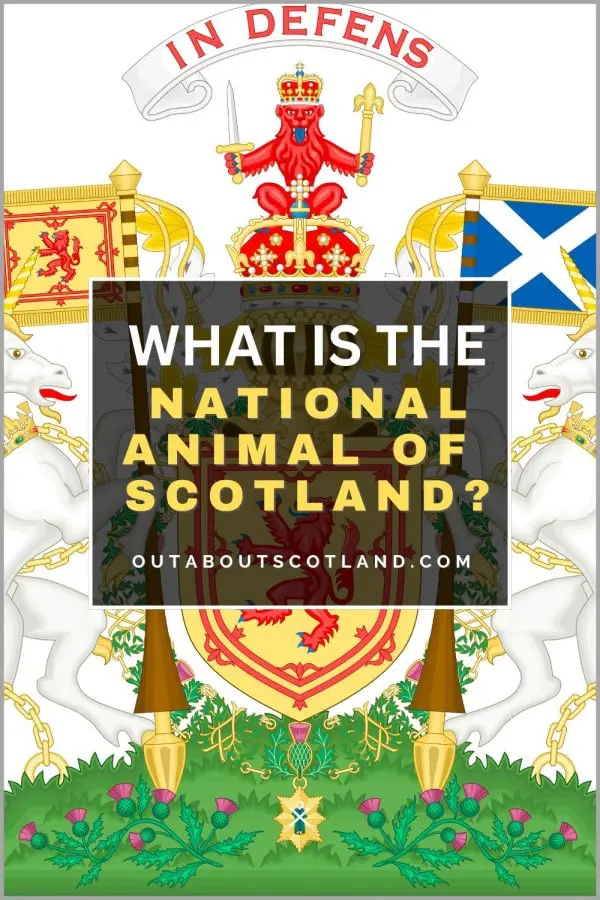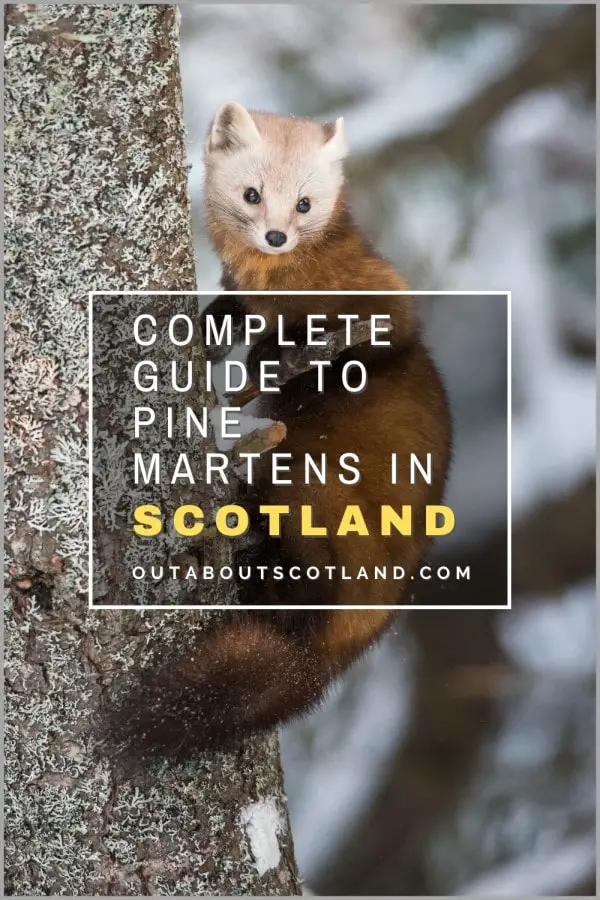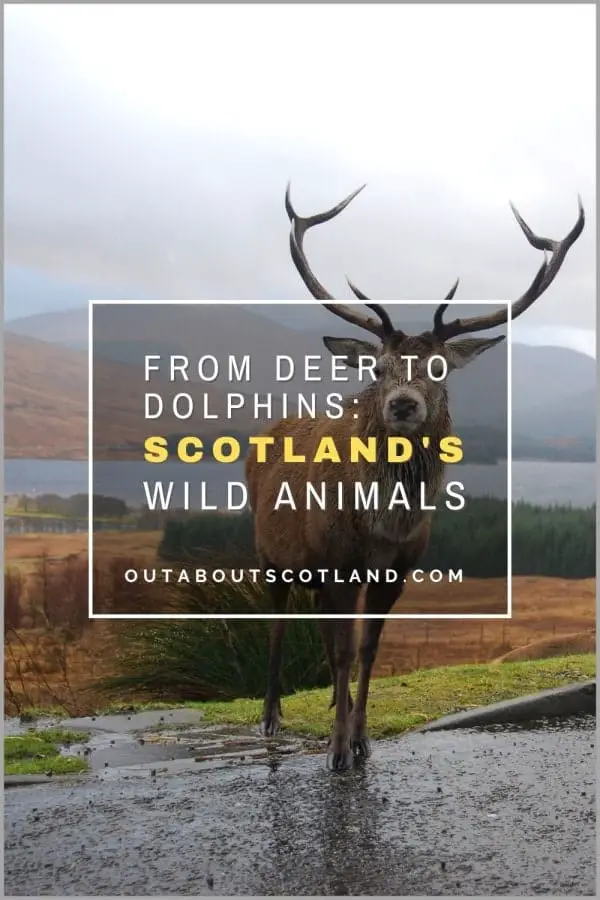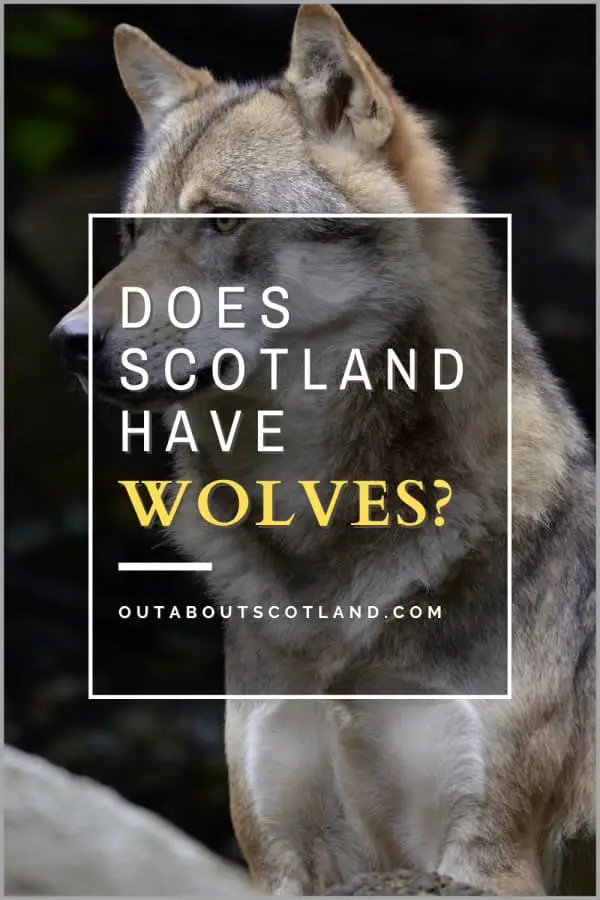Some areas in the Scottish Highlands are less populated than the Steppes of Russia, so if they have bears (along with Finland, Norway, Estonia, Greece, and Italy), then surely Scotland has them too? The fact is, there are no wild bears in Scotland, but a few are living in captivity. In the past, there were large populations of wild brown bears that roamed across Scotland from the Borders to the far north, but they went extinct around 3,000 years ago.
Even though there are no wild bears in Scotland there are ongoing talks about reintroducing them in some areas as part of re-wilding projects, along with wolves, lynx, and wolverines. So although bears are currently nothing more than a footnote in Scotland’s history, one day people may once again be able to see them during their travels around the country.
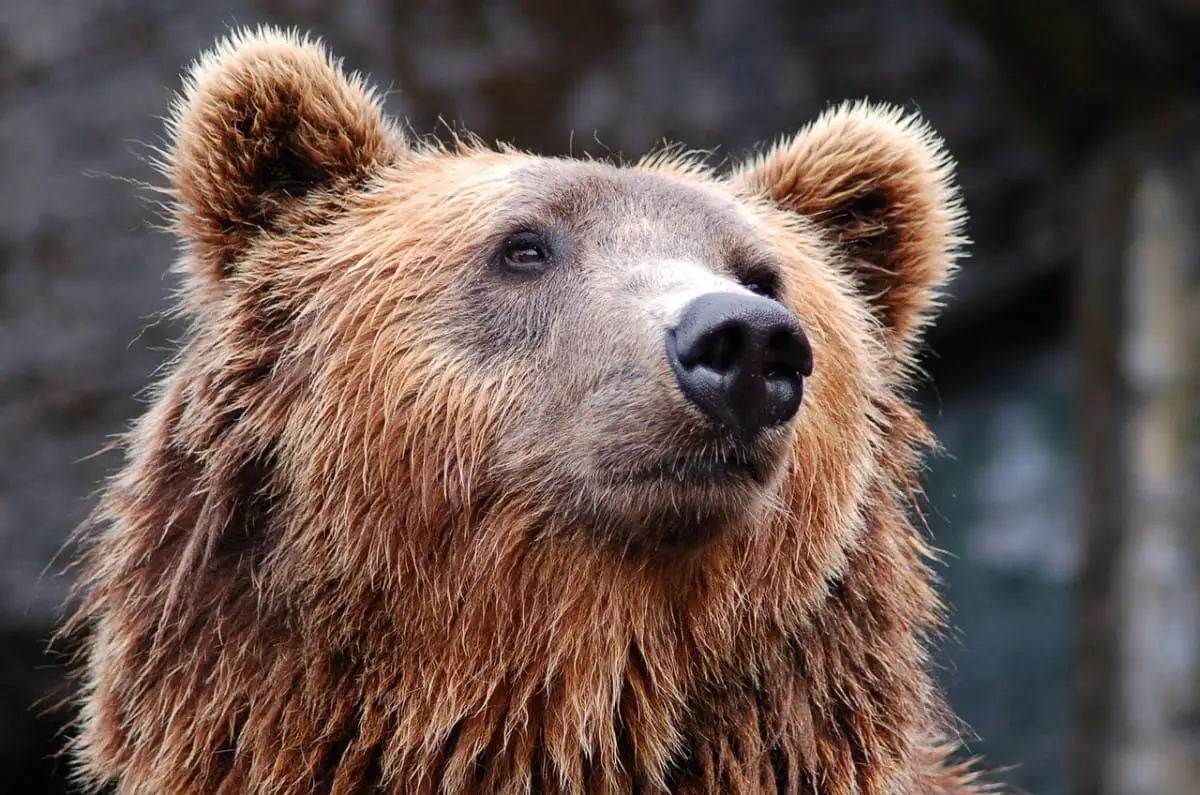
When Did Bears Go Extinct in Scotland?
Brown bears were indigenous to Scotland as far back as the end of the last ice age, but they were scarce as they preferred the climate further south in England. Though the population of bears was on the verge of going extinct in the Iron Age, when the Romans arrived they brought lots of bears with them and it’s likely that some of these animals managed to escape – or were set loose – into the wilds of Scotland.
The currently accepted theory is that brown bear numbers surged for a short time but they eventually disappeared around 1,500 years ago, sometime after the Romans left Britain.
Scientists have analysed bear remains from several locations and have concluded that wild bears were alive and well until at least the turn of the 5th century, and there’s a good chance they lived for much longer in the remotest areas of Scotland.
In fact, carvings of bears have been found that date to the 9th century, so it’s possible a few wild bears were living in Scotland up to 1,200 years ago. The reason for their eventual demise is much the same as for every other animal that has been pushed to extinction, and that’s the destruction of their habitat by man.
As towns replaced villages, there was an ever-growing need for building materials, which in turn meant great swathes of ancient forest were cut down and converted into lumber, meaning bears had fewer places to look for food. In addition, as humans encroached into bear territory, they were hunted to protect farm animals, and by the mediaeval period, all wild bears had been completely eradicated from Britain.
Protect Your Family From Scotland's Biting Midges
- Powerful, reliable protection for up to 8 hours
- Water- and sweat resistant
- Repels midges, mosquitoes, horse flies, sand flies, fleas and ticks
- Safe for use on adults, children over 30 months and pregnant women
- Non-sticky, moisturising with a pleasant fragrance
- Packaging may vary
Where are wild bears in Scotland?

Sadly, it’s simply not possible to see wild bears in Scotland today. That being said, there are several places where you can see them in captivity and some of these attractions (the Highland Wildlife Park for example) have enclosures that do a great job of replicating what it would have been like to see these beautiful animals in the wild.
I’ll list the best Scottish zoos and parks below, but please be aware that most of them have breeding programmes, so the animals move around, and while bears might be there one year, they could easily go somewhere else the next.
RZSS Edinburgh Zoo. This is one of the largest and most well-respected zoos in Britain thanks to its extensive conservation and breeding programs. The zoo was famously home to two giant pandas (Yang Guang and Tian Tian who went back to China in 2023), as well as red pandas and Malayan sun bears.
Although they’ve looked after brown bears in the past they don’t have any at the moment, but enthusiasts of Scotland’s wildlife will be pleased to know they do have several rare Scottish wildcats.
Blair Drummond Safari Park. Currently, the safari park does not house bears, but they have in the past, and they may well do again in the future. The park’s current roster includes owls and Shetland ponies, both native to Scotland, and rather more exotic ostriches, macaques, giraffes, and zebras.
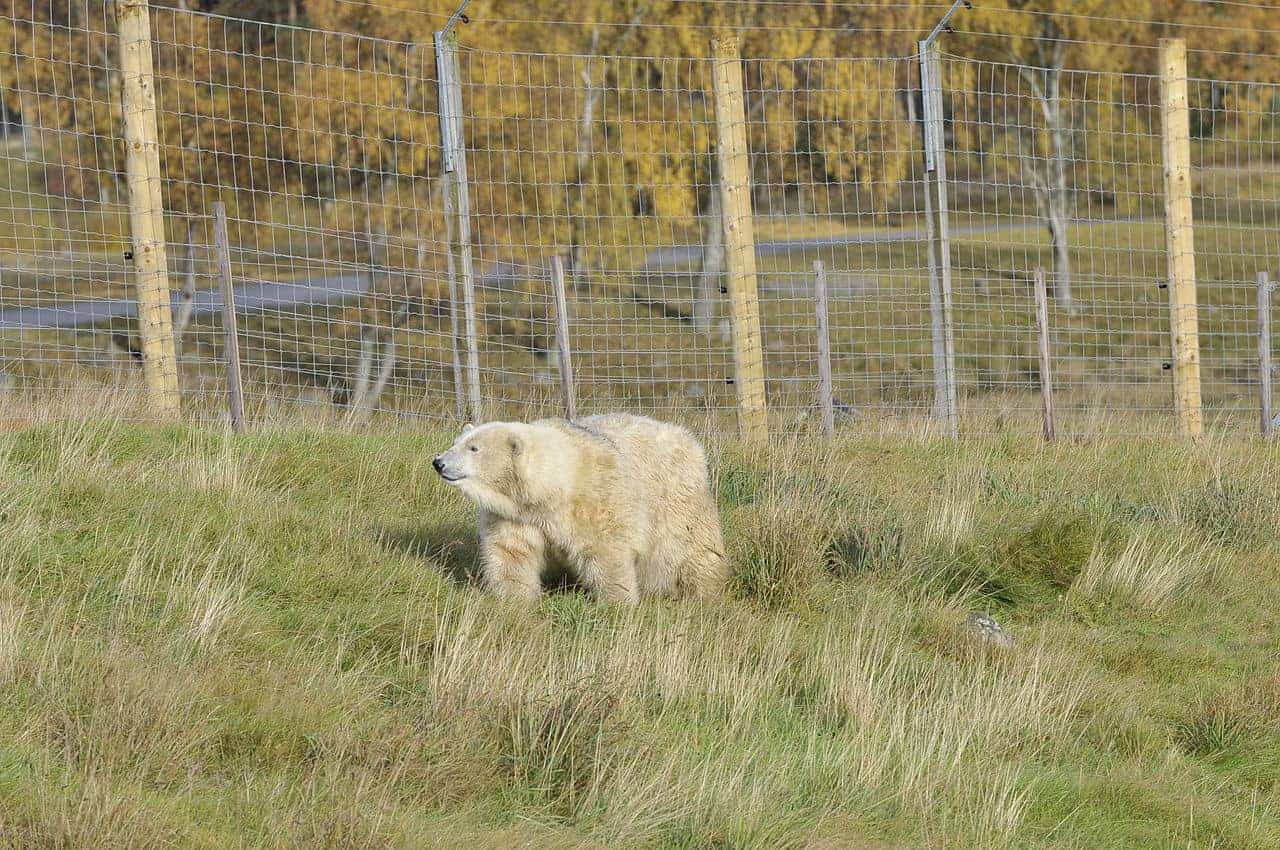
RZSS Highland Wildlife Park. As the sister site of Edinburgh Zoo, the Highland Wildlife Park aims to conserve wild animals from the remotest regions of the world. Just like Edinburgh Zoo has Britain’s only pandas, this park is home to Britain’s only female polar bear, along with three males. In addition, the park keeps grey wolves and Scottish wildcats as well as tigers, leopards and many other endangered animals.
Scottish Deer Centre. This superb visitor attraction is primarily aimed at conserving deer (the clue’s in the name!) but it also looks after Scottish wildcats and European brown bears of the type that used to live in Scotland. Currently, this is one of the few places in Scotland where it’s possible to see brown bears.
Will Bears Ever Be Reintroduced to Scotland?
According to the website of gov.scot: ‘We have no plans to reintroduce lynx, wolves, bears or any other large carnivore species into Scotland’. That definitive statement has been the official stance of the Scottish government for several years now, even though there are frequent calls by campaigners to reintroduce ‘extinct’ animals back into the wild.
The fact is, animals cannot be released into the wild without a licence being issued from the Scottish Natural Heritage agency, and no licence will ever be issued unless the government reverses its stance, which is very unlikely. If bears were reintroduced to Scotland, they would need to be closely controlled and managed as they are at the Wild Place Project in Bristol, England.
The project was designed to bring four long-lost British animals back to our shores (bears, lynx, wolves, and wolverines) in a 7.5-acre woodland that visitors can explore via raised walkways that allow unobstructed viewing while keeping people safe and minimising disturbance to the animals.
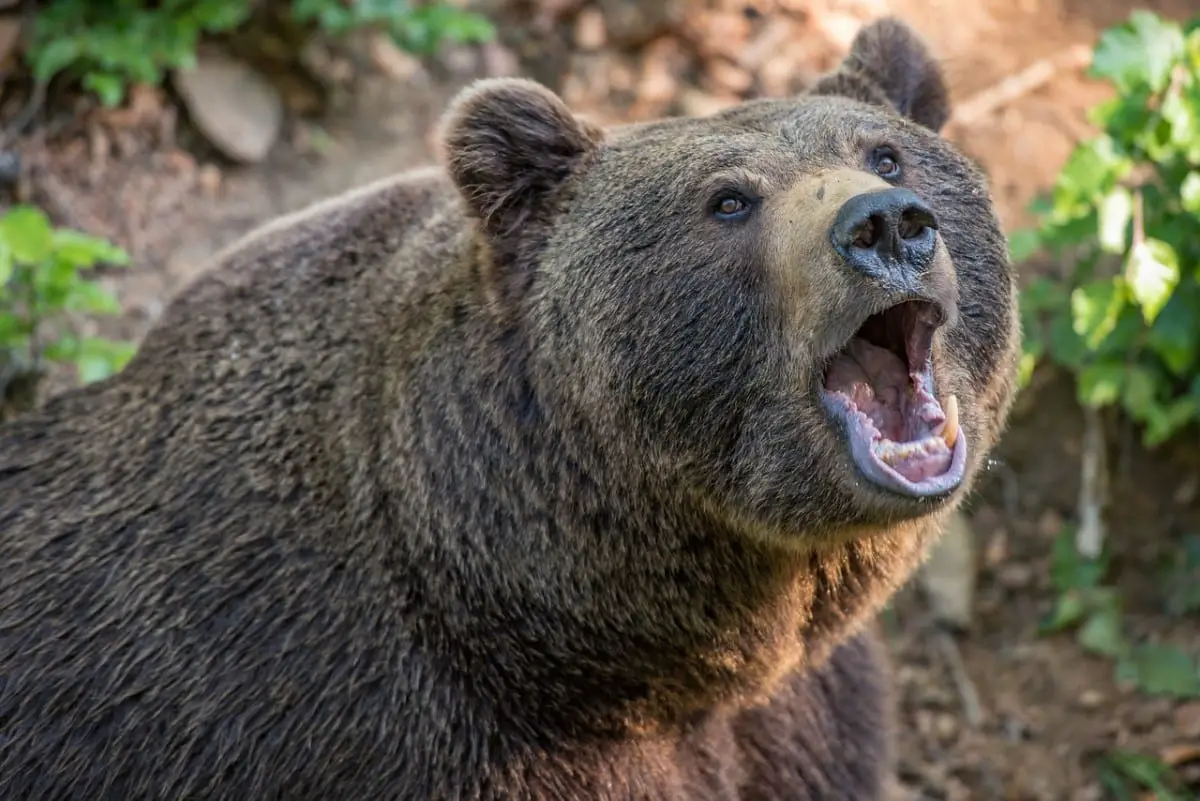
Suggestions for expanding the project include opening up the bear woodland to a greater area or even relocating them entirely to a fenced section of a national park. In reality, this is the only way bears would be allowed back into Scotland as there are obvious problems with letting large carnivores roam free, primarily due to the threat of mauling livestock and people.
That being said, some countries such as South Korea have successfully released black bears into the wild and the United States has an ongoing program of reintroducing grey wolves into Yellowstone National Park.
Meanwhile, campaigners are pushing to allow the free roaming of brown and black bears in Scotland, as they argue it would be a massive boost to the country’s tourism industry and would also help to keep herds of red deer at manageable levels. Whether any government will ever be brave enough to allow bears to be released into the wild remains to be seen.
Book Tours in Scotland
Which Wild Animals Live in Scotland Today?
Aside from the very rarely seen haggis (small round animals with one leg longer than the other), Scotland is as well known for its wildlife as it is for its lochs and mountains.
In total, there are over 90,000 different species living in Scotland’s land, seas, and skies, including over 50,000 different types of insects. It would be impossible to include them all in one article, but there are a few wild animals that are as Scottish as rabbitsridge, and bagpipes, including:
Wildcat. I’ve never seen a wildcat in the wild, so I’m glad there are places like the Scottish Deer Centre where you can see these gorgeous animals up close. Scottish wildcats look similar to domestic cats, but they’re much larger and have thicker coats. Due to human persecution and a shrinking gene pool from breeding with domestic cats, the Scottish wildcat is sadly on the verge of extinction.
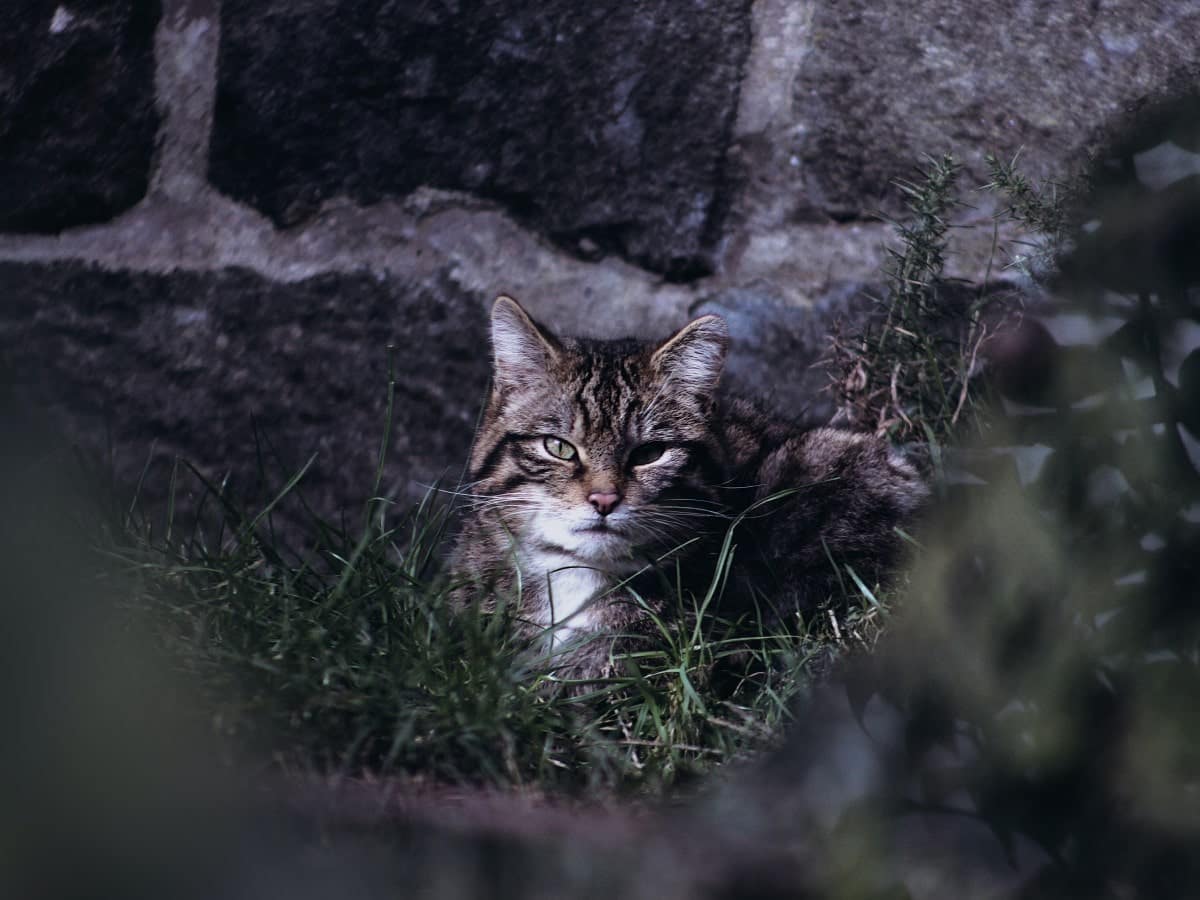
Red deer. This is Britain’s largest land mammal, with males reaching up to 9 feet in length, 4 feet at the shoulder and weighing up to 750 lbs. They’re a common sight in Scotland and can be seen across the Highlands and islands as well as some areas of the Lowlands, but during my own travels I’ve found the best places for deer-watching are the Isles of Arran and Jura.
Ptarmigan. A Ptarmigan is a type of grouse that’s found exclusively in the Scottish Highlands. They’re quite small, dumpy birds with wingspans of around 2 feet and they’re notoriously difficult to spot, both in summer when their plumage takes on a mottled brown and grey colour and winter when their feathers turn pure white which blends in amazingly well against the snow (it snows for around 100 days each year in the mountains of the Highlands).
Capercaillie. This is another type of grouse, but it’s much larger than the ptarmigan and is very territorial. They prefer to live in woodlands and are mostly grey with red-brown wings and a ring of red above the eyes (males only). You’ll hear them before you see them, especially during the breeding season when the males try to woo females with elaborate dances and loud guttural sounds.
Red Squirrel. Everyone loves red squirrels. They are incredibly agile and impossibly cute, but sadly, the introduction of larger and more aggressive American grey squirrels has decimated their populations.
While greys like to forage around on the ground (the reason they were brought here), reds like to keep to the trees, so you’ll need a keen pair of eyes to spot them. I’ve written a Guide to Red Squirrels that will tell you everything you need to know about this elusive animal.
Beaver. Yes I know it’s hard to believe, but beavers have now been successfully reintroduced to some parts of Scotland.
The Eurasian beaver is the world’s second-largest rodent and was found across the country until the 16th century when it was hunted to extinction. The Scottish Wildlife Trust has been releasing beavers back into the wild since 2009 and from the initial trial of 21, they have now bred more than 1,000 individuals.

Facts About Brown Bears
- Polar bears once lived in Scotland, though they are believed to have died out as the last ice age retreated. Remains of polar bears have been unearthed in caves in Sutherland that have been dated to at least 18,000 years old.
- A Scottish landowner is hoping to get permission to release up to a dozen brown bears on the 23,000-acre Alladale Estate in Sutherland.
- One of Scotland’s most famous bears is Wojtek, who was a mascot of the Polish army during the Second World War. Wojtek spent his final years being looked after in Edinburgh Zoo and he is now immortalized in a bronze statue in Edinburgh’s Princes Street Gardens.
- Brown bears can reach a weight of 800 lbs – roughly equivalent to the weight of four adult humans.
- Despite their weight, brown bears can run up to 30 mph, though only for a short amount of time.
- In Scandinavia, mother bears are caring for their cubs for up to a year longer than normal which is believed to be in response to a change in regulations in bear hunting.
- Wild brown bears spend up to 16 hours each day hunting for food.
- Brown bears can live up to 30 years in the wild and up to 45 years in captivity. However, many wild bears die before they reach 10 years of age.
- The European brown bear is the largest predator on the continent.
- Brown bears are omnivores and will eat a mixture of fish, berries, nuts and plants as well as large mammals like deer.
Find out about another Scottish predator in: Does Scotland Have Wolves?
Protect Your Family From Scotland's Biting Midges
- Powerful, reliable protection for up to 8 hours
- Water- and sweat resistant
- Repels midges, mosquitoes, horse flies, sand flies, fleas and ticks
- Safe for use on adults, children over 30 months and pregnant women
- Non-sticky, moisturising with a pleasant fragrance
- Packaging may vary
Frequently Asked Questions
Are there bears in the UK?
No bears are living in the United Kingdom today, other than in zoos and wildlife parks. European brown bears in Scotland can be found at:
Camperdown Wildlife Centre, Dundee.
Five Sisters Zoo Park, Polbeth, West Lothian.
Scottish Deer Centre, Cupar, Fife.
When did bears go extinct in Scotland?
There are two schools of thought about when bears went extinct in Scotland. The first estimate is that they disappeared around 3,000 years ago during the Bronze Age, and the second (more widely held belief) is that they disappeared in the early mediaeval period around 500 AD.
Do wolves live in Scotland?
Wolves do not live wild in Scotland, nor do they live wild in any region of the United Kingdom. There are, however, several zoos and wildlife parks that look after packs of wolves.
Wolves were hunted to extinction in Scotland in the 1600s, with the last specimens killed in the far north in the counties of Sutherland and Moray.
Does Scotland have polar bears?
There are no wild polar bears in Scotland, though they did live in the country during the last ice age.
The only polar bears currently in Scotland live in the RZSS Highland Wildlife Park located in the Cairngorms National Park.



